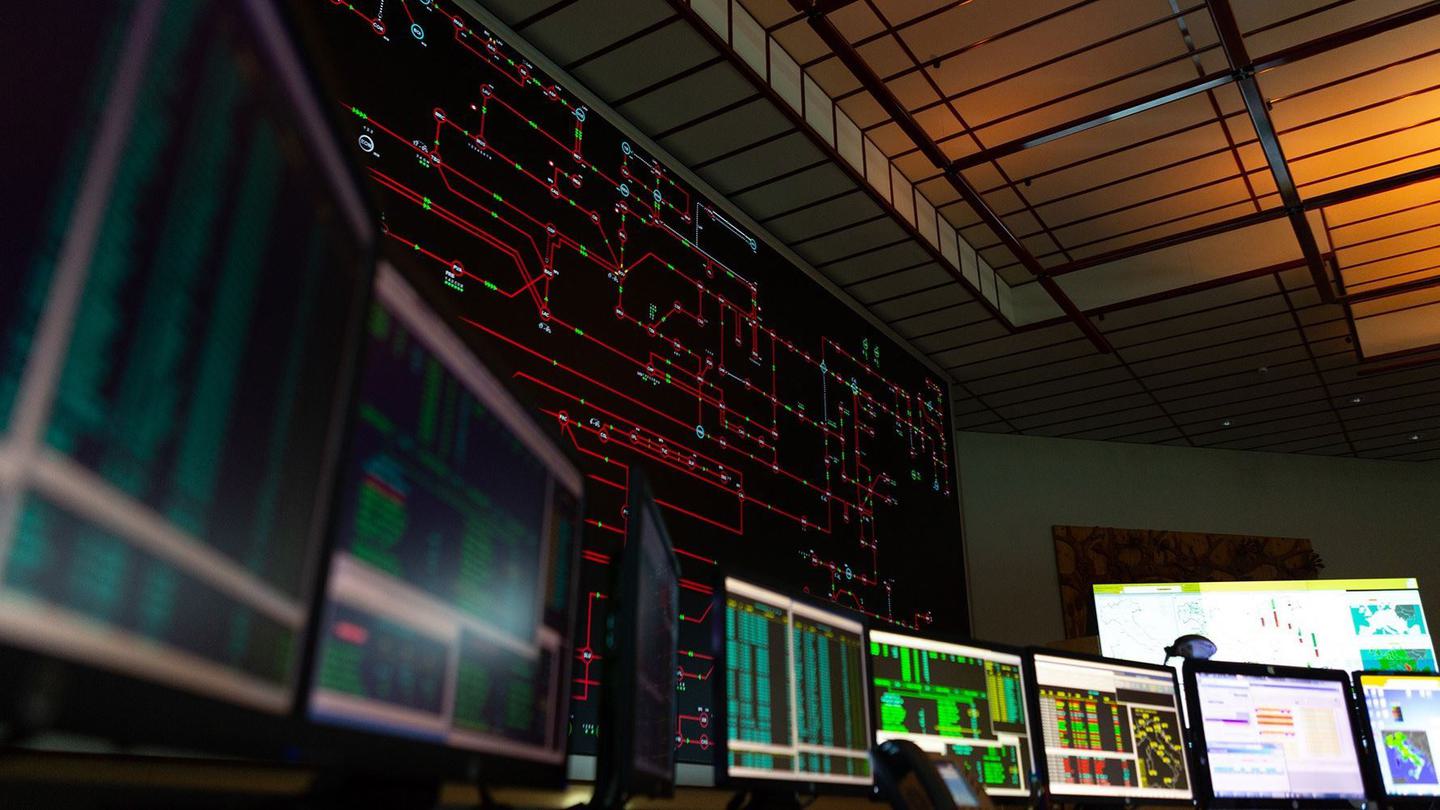The quality of the electricity transmission service refers to the ability to ensure the continuity of the electricity supply and the respect of adequate voltage and frequency standards over time.
This is an area of increasing importance due to the growing electrification of consumption, making continuous service availability essential. This is also due to the increasing presence of electronic components for the automation of plants, especially industrial plants, which require high quality supply.
Quality of service is defined in relation to continuity of service, i.e. the absence of interruptions in the provision of high-voltage electricity, and voltage quality, i.e. the maintaining of technical parameters for voltage and frequency of supply to consumers within established limits.

